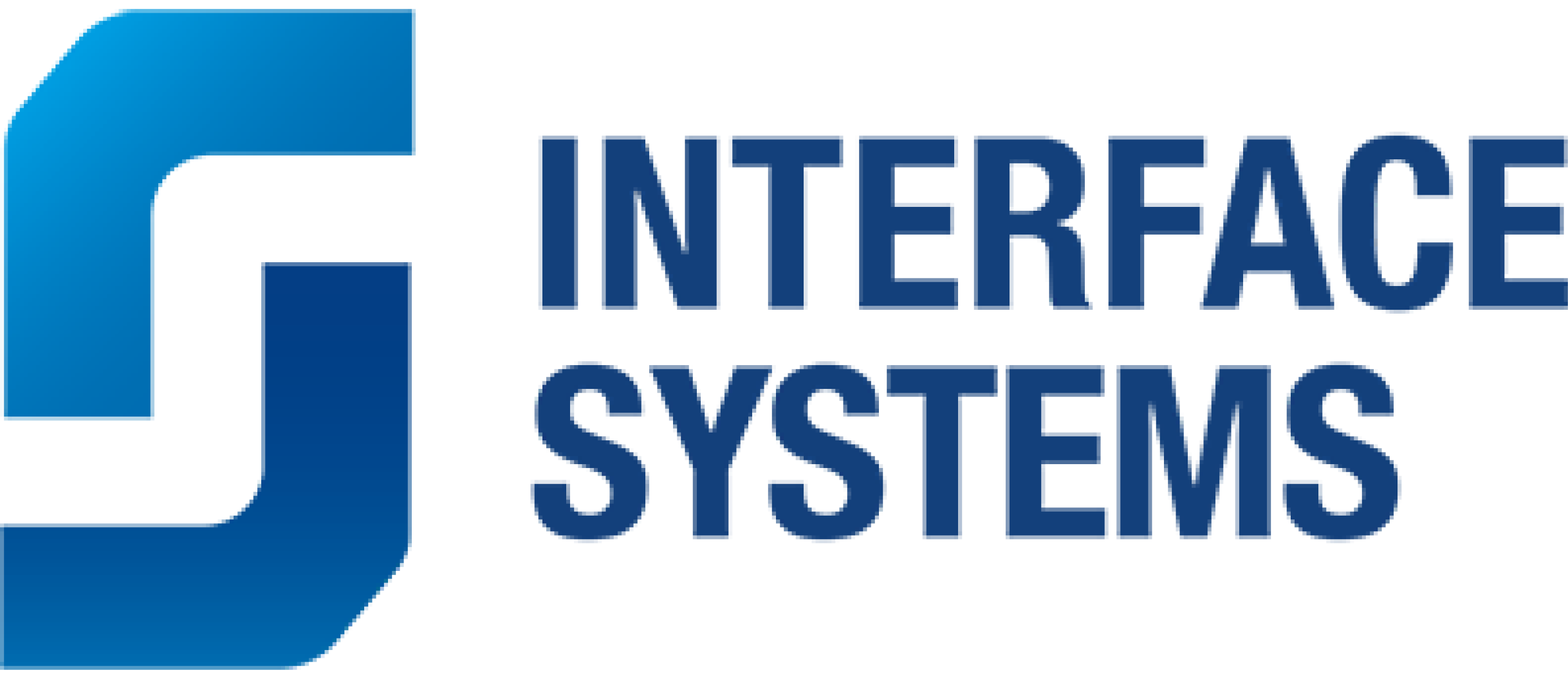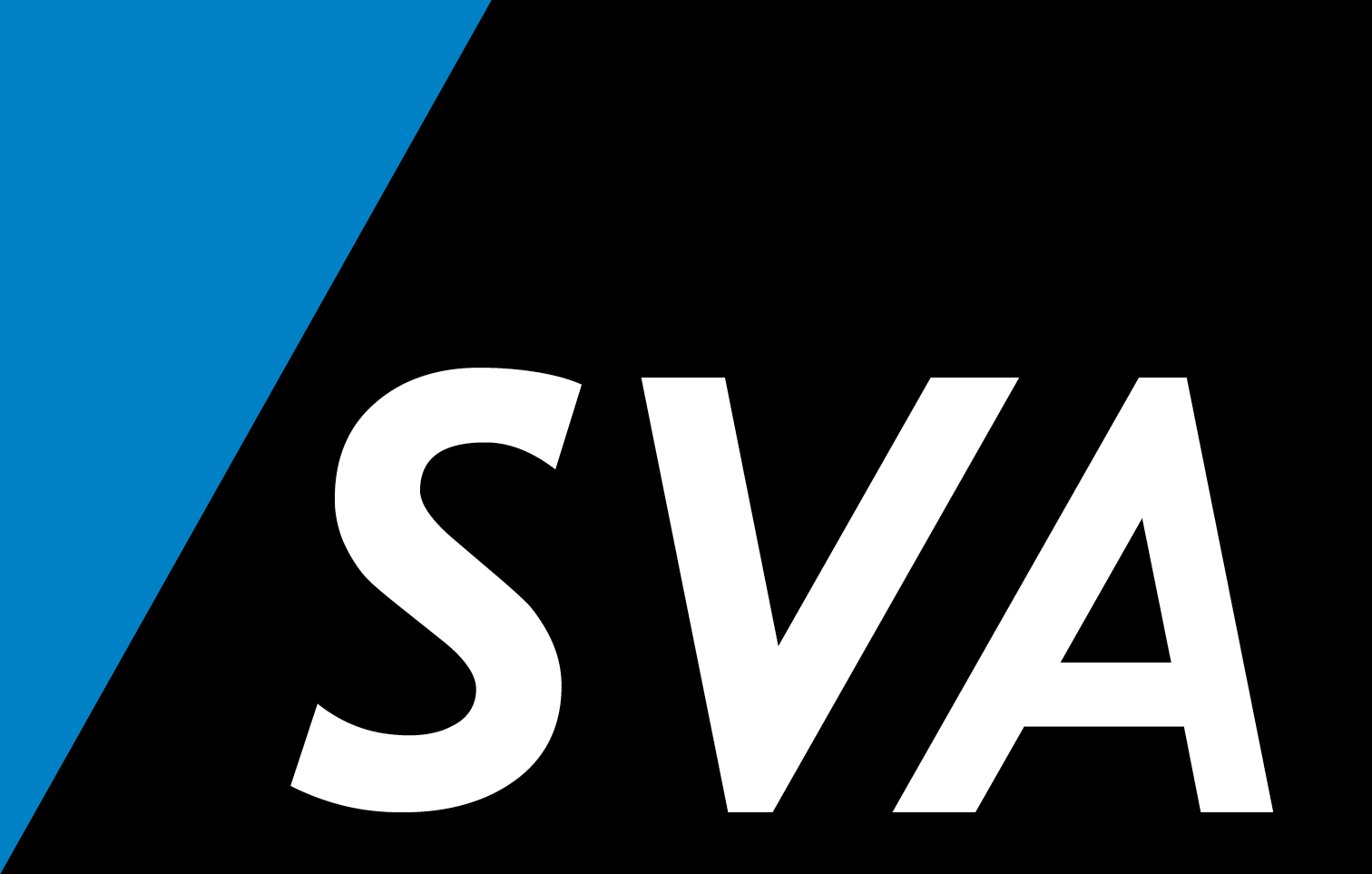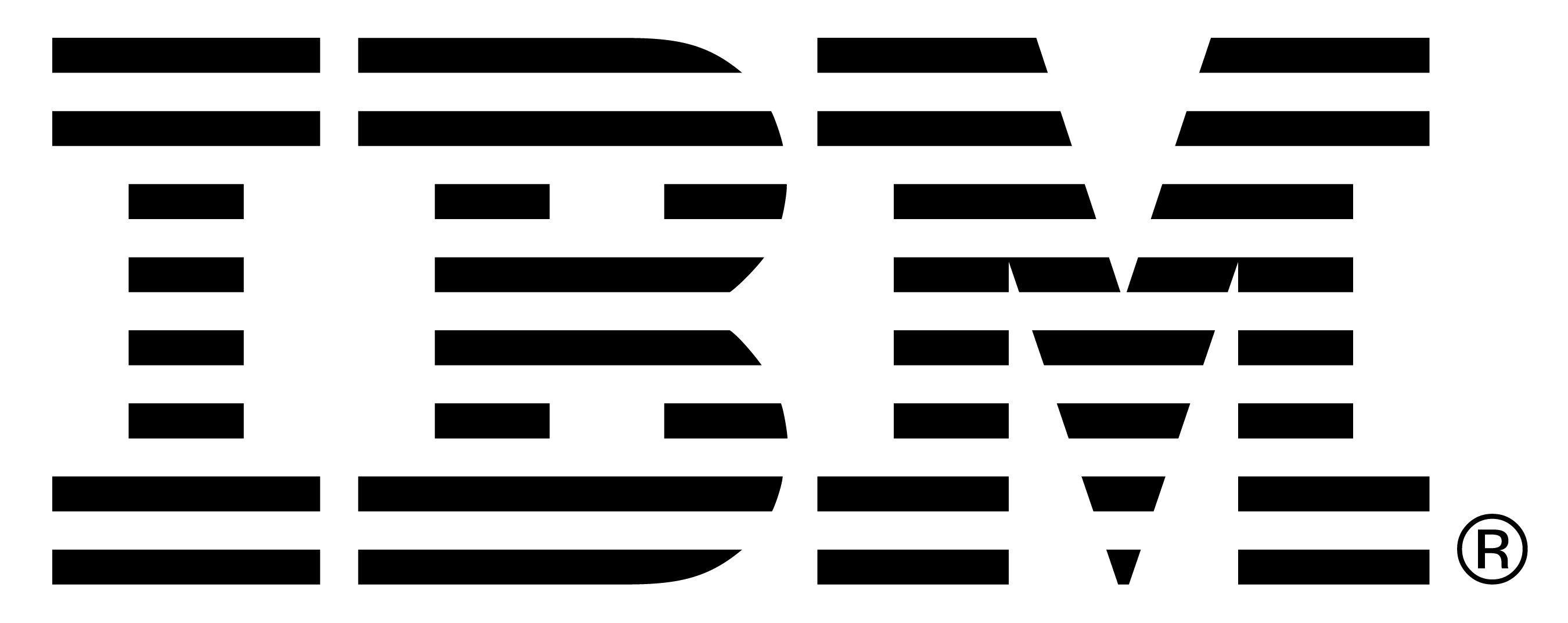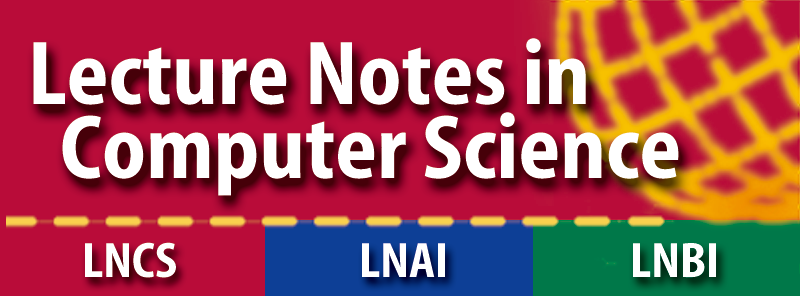HiPES-TA: 2nd Workshop on High-Performance eScience Tools and Applications
Link: https://www.hipes-workshop.org
In recent years, the convergence of high-performance computing and eScience has opened new scientific discovery and innovation avenues. Researchers across various domains leverage advanced computational techniques to analyze vast data, simulate complex systems, and accelerate scientific workflows. The Workshop on High-Performance eScience Tools and Applications aims to bring together experts from academia, industry, and government organizations to discuss the latest developments in this rapidly evolving field and explore emerging trends, challenges, and opportunities.
HETEROPAR: 23rd International Workshop on Algorithms, Models and Tools for Parallel Computing on Heterogeneous Platforms
Link: https://heteropar2025.dcs.gla.ac.uk/
Heterogeneity has emerged as one of the most profound and challenging characteristics of today’s parallel systems. From the macro level, where networks of distributed computers, composed of diverse node architectures, are interconnected with potentially heterogeneous networks, to the micro level, where deeper memory hierarchies and various accelerator architectures are increasingly common. The impact of heterogeneity on all computing tasks has increased in recent years and does not show signs of changing this trend. Traditional parallel algorithms, programming environments, and tools, designed for legacy homogeneous multiprocessors, can achieve at best a small fraction of the peak performance and efficiency in contemporary and future highly diversified and mixed parallel computing environments. Therefore, efficiently using these new parallel architectures requires innovative ideas, new models, novel algorithms, and other specialized or unified programming environments and tools. The HeteroPar workshop is intended to be a forum for researchers working on algorithms, programming languages, tools, and theoretical models aimed at efficiently solving open problems on heterogeneous environments. It includes a broad range of topics pertaining to high performance heterogeneous computing from heterogeneous parallel programming paradigms, algorithms, models, and tools for performance and energy optimization on heterogeneous platforms to fault tolerance of parallel computations on heterogeneous platforms.
DYNRESHPC: 4th “EuroHPC Workshop on Dynamic Resources in HPC”
Link: https://sites.google.com/uji.es/dynreshpc-workshop/home
The current static usage model of HPC systems is becoming increasingly inefficient. This is driven by the continuously growing complexity and heterogeneity of system architectures, combined with the increased usage of coupled applications, the need for strong scaling with extreme scale parallelism, and the increasing reliance on complex and dynamic workflows.
Consequently, we see a rise in research on systems supporting dynamically varying resources, middleware software, and applications, which can adjust resource usage dynamically to extract maximum efficiency. By providing intelligent global coordination of resource usage through runtime scheduling of computation, network usage, and I/O across all components of the system architecture, dynamic resource HPC systems can maximize the exploitation of the available resources while at the same time minimizing the overall makespan of applications in many, if not most, cases.
Dynamic resource management on large-scale HPC platforms is part of several EuroHPC projects. It poses highly interdisciplinary challenges concerning, among others, the applications supporting dynamic resources, extending dynamic resource provisioning to the full system stack, I/O malleable systems, new applications, and I/O scheduling, etc.
VHPC: Workshop on Virtualization in High-Performance Cloud Computing (VHPC)
Link: https://vhpc.org
The Workshop on Virtualization in High-Performance Cloud Computing (VHPC) aims to bring together researchers and industrial practitioners facing the challenges posed by virtualization, containerization, and orchestration techniques for deploying HPC and HPC-like applications in large data centers. The VHPC program committee solicits original, high-quality submissions related to virtualization across the entire software stack with a special focus on the intersection of HPC, containers-virtualization and cloud computing. Each topic encompasses aspects related to design/architecture, management, performance management, modeling and configuration/tooling.
GraphSys: Third Workshop on Serverless, Extreme-Scale, and Sustainable Graph Processing Systems (GraphSys-2025)
Link: https://graphsys.org
The use, interoperability, and analytical exploitation of graph data are essential for modern digital economies. Today, thousands of computational methods and findable, accessible, interoperable, and reusable (FAIR) graph datasets exist. However, current computational capabilities lag when faced with the complex workflows involved in graph processing, the extreme scale of existing graph datasets, and the need to consider sustainability metrics in graph-processing operations. Needs are emerging for graph-processing platforms to provide multilingual information processing and reasoning based on the massive graph representation of extreme data in the form of general graphs, knowledge graphs, and property graphs. Because graph workloads and graph datasets are strongly irregular and involve one or several big data “Vs” (e.g., volume, velocity, variability, vicissitude), the community needs to reconsider traditional approaches in performance analysis and modeling, system architectures and techniques, serverless and “as a service” operation, real-world and simulation-driven experimentation, and provide new tools and instruments to address emergingchallenges in graph processing.
Graphs or linked data are crucial to innovation, competition, and prosperity and establish a strategic investment in technical processing and ecosystem enablers. Graphs are universal abstractions that capture, combine, model, analyze, and enable processing knowledge about real and digital worlds to generate actionable insights through item representation and interconnectedness. For societally relevant problems, graphs further technological innovations to meet the needs of the worldwide data economy. Digital graphs could be key to pursuing the United Nations Sustainable Development Goals (UN SDG) by enabling better value chains, products, and services for more profitable or green investments in the financial sector and deriving trustworthy insight for creating sustainable communities. Every professional, scientific, and economic domain could leverage graph data to deliver higher value with unique analysis and insights, but only if graph processing becomes easy-to-use, fast, scalable, and sustainable.
GraphSys is a venue for specialists from academia and industry to discuss the state of the art of graph processing systems, from architecture to algorithms, and from performance to sustainability. Contributions focusing on graph representation of data, graph representation and processing at scale, graph processing frameworks and architectures, parallel and distributed graph processing algorithms and applications, performance and sustainability studies, and machine learning on graphs, are especially welcome. We also invite contributions covering surveys and comparative analyses. This broad mix of topics revolving around graph processing is meant to stir discussion and lead to new collaborations and research directions in the field.sioning to the full system stack, I/O malleable systems, new applications, and I/O scheduling, etc.
PECS: Workshop on Performance and Energy Efficiency in Concurrent and Distributed Systems
Link: https://pecs-workshop.github.io/
Nowadays, concurrent and distributed systems play a role in a variety of computing applications. This is supported by the widespread adoption of computing architectures based on multi-core processors, multiprocessors or distributed computing units, which have become a standard de-facto at any system scale, from high-end servers to personal/mobile devices. However, the increasing level of hardware parallelism and heterogeneity has made concurrent and distributed systems even more complex to design, analyze and optimize. In particular, this concerns performance and energy efficiency aspects, which are known to be highly interrelated. Nonetheless, they play a key role, even because of the increasing global electricity demand by the IT sector.
In concurrent and distributed systems, energy efficiency and performance can be affected in a complex way by various factors, such as the concurrent use of computing resources, the distributed communication, the presence of (distributed) data dependencies and, ultimately, the need for synchronization of concurrent threads/processes. However, these and other factors also offer opportunities to be explored in the design of techniques and tools for improving energy efficiency and performance.
The main objective of PECS is establishing a venue for both academia and industry to discuss challenges and perspectives, and to explore methods, techniques and tools, for energy efficiency and performance analysis and optimization in concurrent and distributed systems.
WSCC: Third International Workshop on Scalable Compute Continuum (WSCC 2025)
Link: https://wscc.di.unipi.it
The recent proliferation of the Internet of Things (IoT) and edge devices, together with the nowadays consolidated Cloud Computing, is contributing to the widespread yet fragmented diffusion of heterogeneous computing resources. Moving from IoT to cloud, more powerful computational resources are available, but with increased communication latency and pricing. On the other way around, moving from cloud to IoT, more pervasive and reactive resources are available, but they are also more resource and energy-constrained and heterogeneous. The “Compute Continuum” paradigm promises to take the current state of affairs one step further: by managing the heterogeneity and dynamism of such widespread computing resources, it aims at simplifying the execution of distributed applications improving data locality, performance, availability, adaptability, energy management, and many other non-functional features. This is made possible by overcoming resource fragmentation and segregation in tiers, enabling applications (or their components) to be seamlessly executed and relocated along a continuum of resources spanning from the edge to the cloud.
By distributing resources all around, the emerging Compute Continuum paradigm supports the execution of data-intensive applications as close as possible to data sources and end users. Besides vertical and horizontal scaling, this paradigm also offers more detailed adaptation actions that strictly depend on the specific infrastructure component (e.g., reducing power to improve battery life, migrating computation to exploit specific features such as GPUs and FPGAs). This enables the enhancement of latency-sensitive applications, the reduction of bandwidth consumption, the improvement of privacy protection, and the development of novel services aimed at improving living, health, safety, and mobility. All of this should be achievable by IoT services and application developers without having to worry about how and where the developed components will be executed. This is in contrast with the features of a paradigm where applications and the underlying infrastructure appear to be seamlessly intertwined. A profitable development of a Scalable Compute Continuum entails addressing important technological challenges, which can guarantee appropriate levels of abstraction and efficiency.
The increased complexity cannot be manually managed: efficient, scalable, and possibly autonomous mechanisms and strategies are needed to manage complexity, unleashing the true potential offered by the Compute Continuum. Further challenges exist. Distributed systems tailored for Compute Continuum can run applications targeting the needs of a large pool of entities (e.g., sensors, controllers, actuators, end users moving within a city). The inherent dynamism of the surrounding environment may negatively affect applications, e.g., by introducing unpredictable network congestion, load spikes, and resource unavailability. Proactive, autonomous, and infrastructure-aware management is desirable, if not mandatory, calling for novel interdisciplinary approaches that exploit optimization theory, control theory, machine learning and artificial intelligence methods.
In this landscape, the workshop is willing to attract contributions in the area of distributed systems with particular emphasis on support for geographically distributed platforms and autonomic features to deal with variable workloads and environmental events, and take the best of heterogeneous and distributed infrastructures.
Information for Workshop and Minisymposium Organizers
Important Dates
- Proposals due: February 3, 2025
- Notifications: February 24, 2025
- Workshop website online
and launches of Call for Workshop Papers: March 24, 2025 - Paper Submission deadline: deadlines and extensions can be found on the individual workshop pages
- Dates: August 25-26, 2025
- Management report summarizing
the experience and results of the activity due: September 15, 2025
Submission
Workshop and Minisymposium proposals should be sent in PDF format via email to the workshop co-chairs (contact details at the end of this call).
An email verification will be sent to each successful submission. In case the verification is not received, submitters are asked to contact the workshop chairs.
Workshop Proposal Guidelines
The proposals should include the following information:
- Workshop title and acronym, preference for length (half or full-day)
- Information of the organizers, including a short biography of each organizer (5-10 lines). Each workshop will have a single main organizer, the corresponding contact. Others can be co-organizers. All the organizers must be a staff member at an institution or a company, and no PhD or other students can be organizers.
- A tentative program committee (10-15 members)
- Motivation of the workshop:
- scientific objective,
- interest to the Euro-Par community,
- positioning with respect to the currently existing Euro-Par workshops
- Description of the workshop:
- content,
- format (contributed papers, invited talks, panels, posters or any other kind of activity including european project meetings),
- organizational aspects
- Workshop background (number of previous editions jointly with Euro-Par or in any other format)
- Link to international projects/initiatives
The decision about the acceptance/rejection of a workshop proposal will be made on the basis of the overall quality of the proposal and the degree to which it matches the scope of the conference. In the case that several workshop proposals have very similar objectives and scopes, a merge of overlapping workshops may be recommended. The topics covered by a workshop should not overlap with the main topics of the conference. Decisions will be made on a rolling basis. Proposals can already be sent, and the organizers may be notified before the notification deadline in case of a strong proposal.
Workshop Organizer Responsibilities
- Preparing the call for papers for the workshop and publicizing it
- Preparing and maintaining the workshop Web site including the relevant sections according to the organization guidelines
- Selecting the workshop program committee considering that each member of the committee should make at least one review
- Selecting papers through a rigorous peer-review process including at least three reviews per submission using the provided EasyChair installation and considering the possible conflicts of interest
- Delivering the final workshop program to the Euro-Par 2025 conference co-chairs in time
- Delivering the preliminary workshop proceedings in time before the conference
- Providing the Euro-Par Steering Committee with a Management Report, after the conference, with key indicators such as: number of submitted and accepted papers, program committee and review process management
- Delivering the final workshop proceedings with a revised version of the papers in time after the conference in the required Springer LNCS format (12 pages max.) and writing a preface to the workshop. Camera-ready papers will be published only if the management report has been delivered
- Short papers can be accepted and presented at the workshop. However, to be included in the formal Springer proceedings, the minimum length is of 10 pages per paper
- Registering for the conference
- Meet the deadlines according to the organization guidelines
Workshop Proceedings and Paper Review
The workshop proceedings will be published in a separate LNCS workshop volume after the conference. The principal coordinator of each workshop will appear as co-editor of the workshop volume. Registered workshop participants will receive an electronic copy of the volume by email. All authors of accepted papers will be requested to sign a Springer copyright form.
The Euro-Par organizers will provide an EasyChair setup for all Euro-Par 2025 workshops, and its use is mandatory to facilitate paper submissions, and reviewing. For the collection of camera-ready versions, the conference will use Springer’s EquinOCS system where authors can submit their final sources and sign the copyright release form. Springer applies a series of quality checks, such as plagiarism checks using Turnitin, and authors must adhere to Springer’s publishing integrity policy. The workshop papers will not be published in the proceedings otherwise. Each workshop will be an independent track within the Workshops' EasyChair installation, but it will be fully manageable by the respective organizers. Papers of less than 10 pages will be considered as short papers that can be presented at the conference but not published in the proceedings.
WORKSHOP CO-CHAIRS
- Jeronimo Castrillon, TUD Dresden University of Technology, Germany (jeronimo.castrillon-AT-tu-dresden.de)
- Demetris Zeinalipour, University of Cyprus, Cyprus (dzeina-AT-ucy.ac.cy)
SUPPORTED BY
Gold Sponsoring / Donation



Silver Sponsoring


Bronze Sponsoring

Organized by
Proceedings Support

